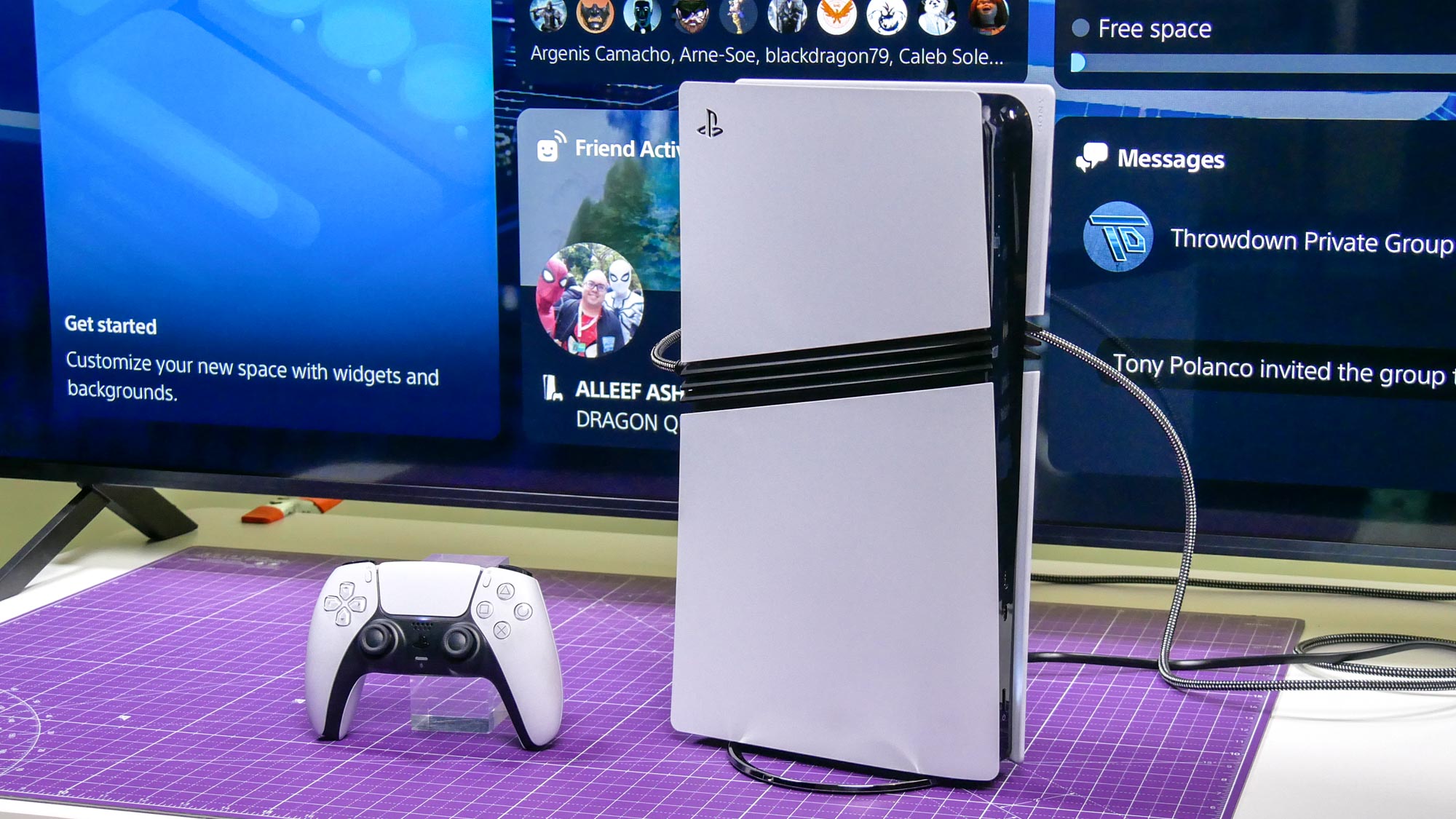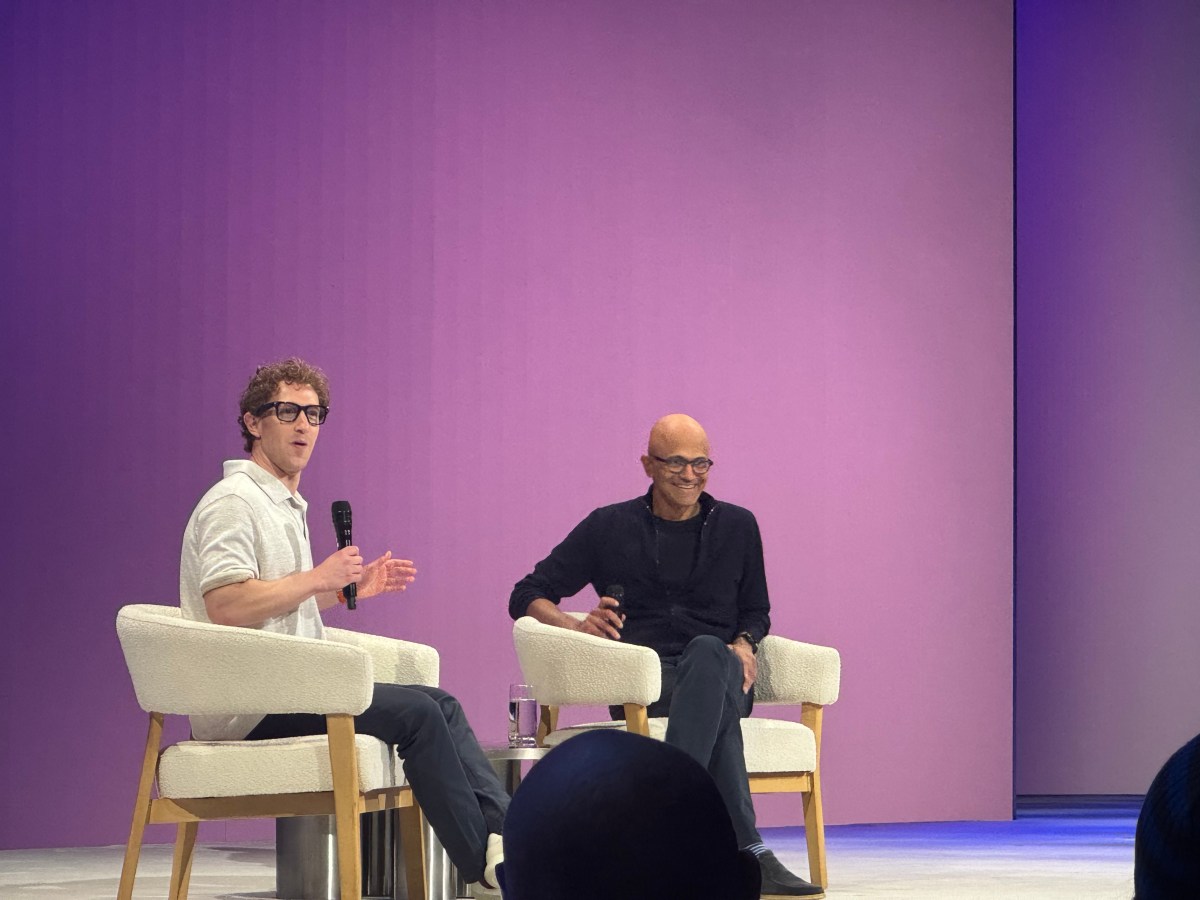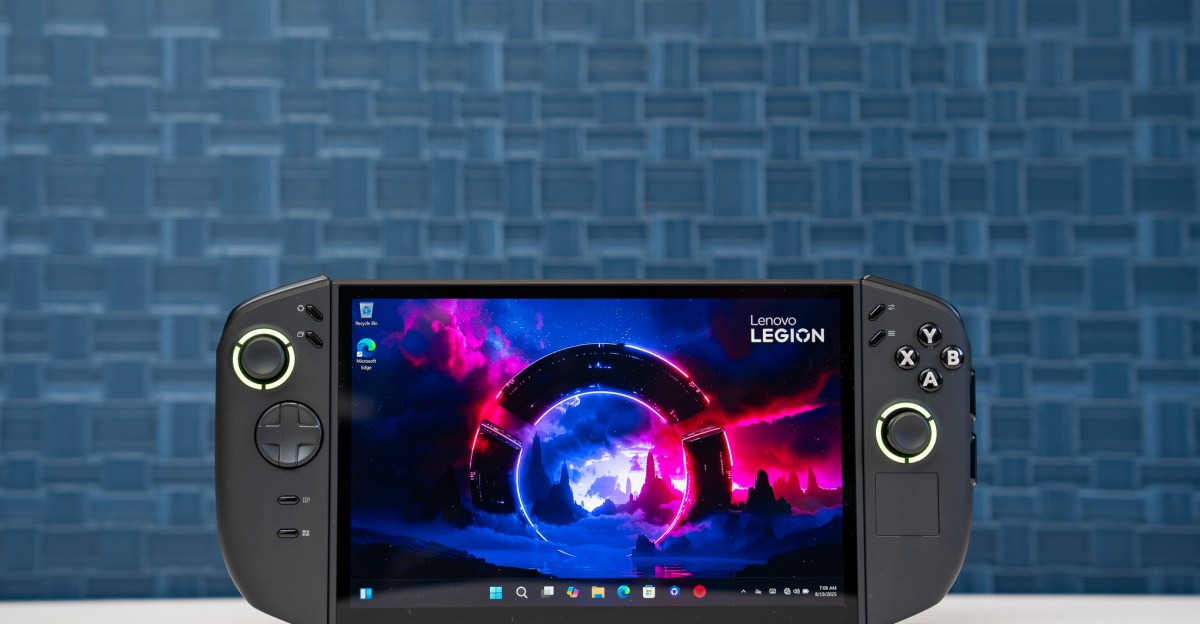Gaming Revolution: PS6's Jaw-Dropping Speed Leak Promises Unprecedented Performance Leap

Sony is set to push the boundaries of gaming graphics with its upcoming next-generation console, rumored to feature ray tracing capabilities that rival the performance of NVIDIA's high-end RTX 5090 graphics card. This potential leap in visual technology promises to deliver unprecedented levels of visual realism and immersion for gamers.
Industry insiders suggest that the new console will leverage cutting-edge ray tracing technology, potentially transforming how players experience lighting, shadows, and environmental details in video games. The reported graphics performance could mark a significant milestone in console gaming, bringing PC-level visual fidelity to living room entertainment systems.
While official specifications remain under wraps, the potential for RTX 5090-level ray tracing hints at a massive technological upgrade that could redefine visual expectations for next-generation gaming. Enthusiasts and gamers alike are eagerly anticipating more details about Sony's groundbreaking console and its graphical capabilities.








